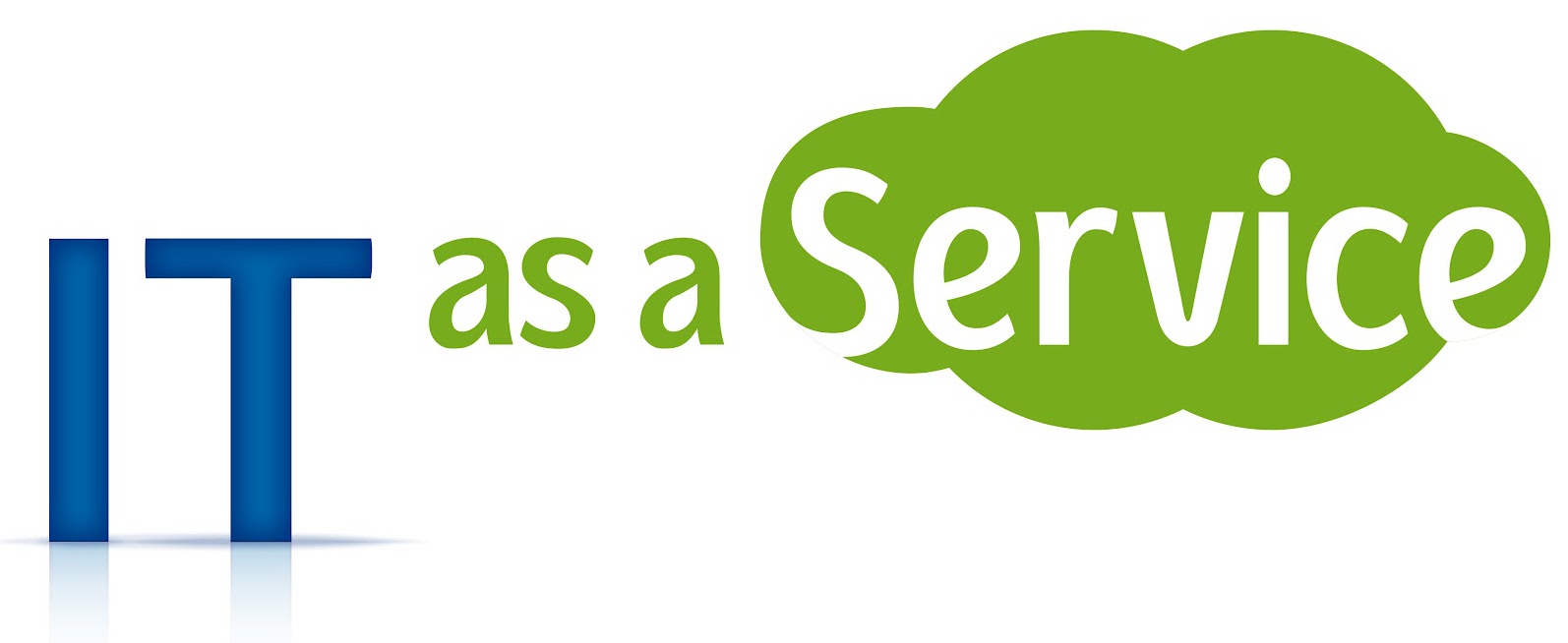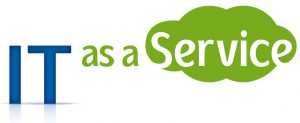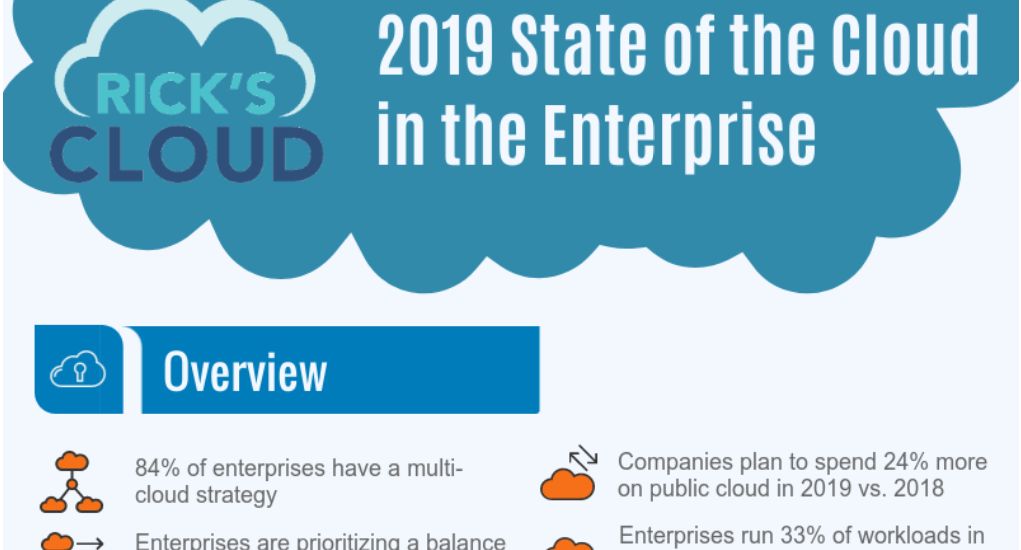
IT as a Service brings fundamental changes and benefits
 IT as a Service (ITaaS) is a concept that’s been around for a while now, but there still seems to be relatively little written about it as a generic term. Various companies talk about the subject; some discuss ITaaS in terms of complete outsourcing of IT services to third parties, others use terms such as cloud, self-service, service catalogs, chargeback.
IT as a Service (ITaaS) is a concept that’s been around for a while now, but there still seems to be relatively little written about it as a generic term. Various companies talk about the subject; some discuss ITaaS in terms of complete outsourcing of IT services to third parties, others use terms such as cloud, self-service, service catalogs, chargeback.
I personally think ITaaS is an operational model where the IT organization of an enterprise is run like business, acting and operating as a distinct business entity creating products and services for the other lines of business within the enterprise.
Among the vendors who support and propose the concept of ITaaS as an operating model we count EMC, Citrix and VMware. According to its proponents, ITaaS has numerous and diverse benefits including:
- Minimal upfront IT investment
- Regular, predictable expenses
- Financial transparency
- Tax advantages
- Continuous monitoring of services
- Expert technical support
- Scalability
- Regular software upgrades and patches
- Guarantee of up-to-date hardware
A private cloud is by far the most popular approach to providing ITaaS. Private cloud deployments provide the stability, control and security that companies need, but it’s not easy to get there. The technology journey is complex, and restructuring the organization takes time. With traditional IT, everything is vertical. You have separate teams for storage, compute, network, system administrator and database. With cloud computing, everything is horizontal. You have a cloud services architecture team and all the infrastructure is abstracted and virtualized, so everybody works across functions.
Getting to ITaaS will require fundamental changes in how IT services are created, paid for, delivered and consumed as well as in the roles of those who support them. Instead of powering up new tools, the challenge is to motivate and educate staff, management and the business to embrace the new IT model and organizational shifts that come with it. Basically, you need to optimize IT production for business consumption.
With IT as a Service, everyone’s role changes, including the CTO. He/She becomes the chief broker of the workload, and his job description will include prioritizing, understanding workloads and applications, providing the right solution for each member, and manage them.
At the same time, IT really needs a sales force within the IT as a service model. They have to build a services catalogue, market it, and be good salespeople. If they’re not, the business won’t use their services, they will not afford to exist and they will get outsourced.
This is why a company’s ITaaS program should begin with clearly defining what it is, why it’s important and what it will mean. Getting all stakeholders on the same page for this will take time, effort and influence from the top down. However, the rewards of successfully completing the journey will be tremendous: an IT operation that provides better service to its internal users at the right price, improved efficiency and business benefits, and greater career opportunities for the staff.
Photo source: http://blog.procurify.com/wp-content/uploads/2013/05/IT-as-a-service1.jpg




